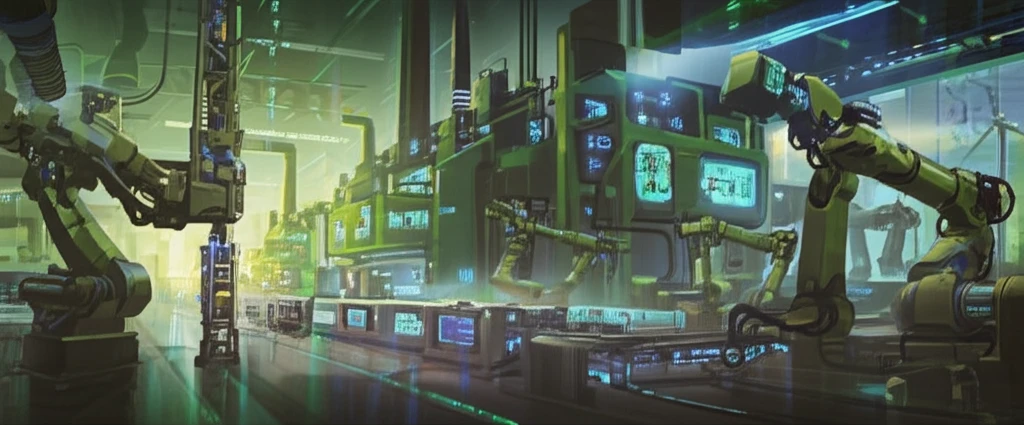
Smarter Factories: How AI and Optimized Delivery Can Boost Sustainability and Profits
"Discover how multi-objective optimization in material delivery is revolutionizing assembly lines, driving energy efficiency, and creating a greener, more profitable future."
In an era where sustainability is no longer a buzzword but a core business imperative, manufacturing enterprises are under increasing pressure to minimize their environmental impact while maintaining—or even boosting—profitability. Sustainable scheduling has emerged as a critical area, with energy consumption taking center stage. This article delves into how innovative approaches to material delivery, particularly within mixed-model assembly lines, are transforming the manufacturing landscape.
The focus is on a method designed to fulfill material delivery tasks in the most energy-efficient way possible, integrating energy consumption considerations with traditional operational criteria. By addressing the complexities of material delivery with advanced algorithms, manufacturers can significantly reduce their carbon footprint and streamline operations.
This exploration will uncover how AI-driven solutions, such as the Taboo enhanced Particle Swarm Optimization (TEPSO) algorithm, are being developed to solve the intricate, multi-objective problems inherent in modern manufacturing. These advancements promise not only a greener future but also a more efficient and economically robust industrial sector.
What is Multi-Objective Optimization and Why Does It Matter for Sustainable Manufacturing?

Multi-objective optimization is a mathematical approach used to find the best possible solution when faced with multiple, often conflicting, goals. In the context of manufacturing, this means simultaneously minimizing energy consumption, reducing delivery times, and lowering costs. Traditional methods often tackle these objectives separately, leading to suboptimal outcomes. However, modern AI algorithms can handle these complexities in an integrated manner.
- Integrated Efficiency: By considering multiple objectives simultaneously, manufacturers can achieve a balance that maximizes overall efficiency.
- Reduced Environmental Impact: Minimizing energy consumption directly translates to a smaller carbon footprint.
- Economic Benefits: Streamlined operations and reduced waste lead to significant cost savings.
The Future of Manufacturing: Embracing AI for a Sustainable Tomorrow
The integration of AI and multi-objective optimization represents a significant leap forward in sustainable manufacturing. As industries continue to face pressure to reduce their environmental impact, these technologies offer a pathway to a greener, more efficient future. By embracing these innovative approaches, manufacturers can not only minimize their carbon footprint but also unlock new levels of productivity and profitability.
